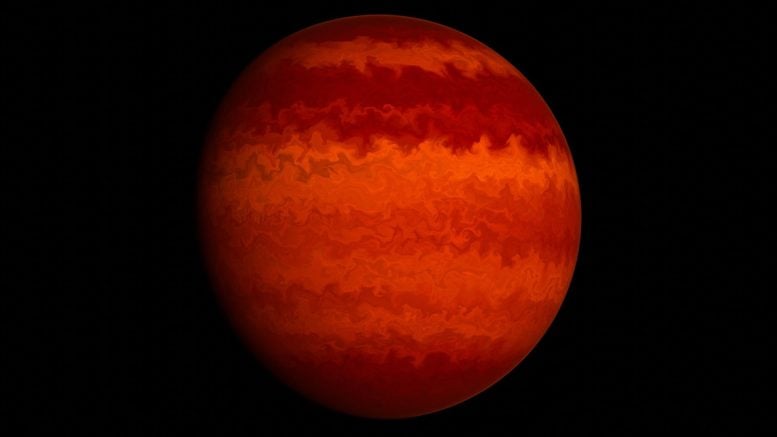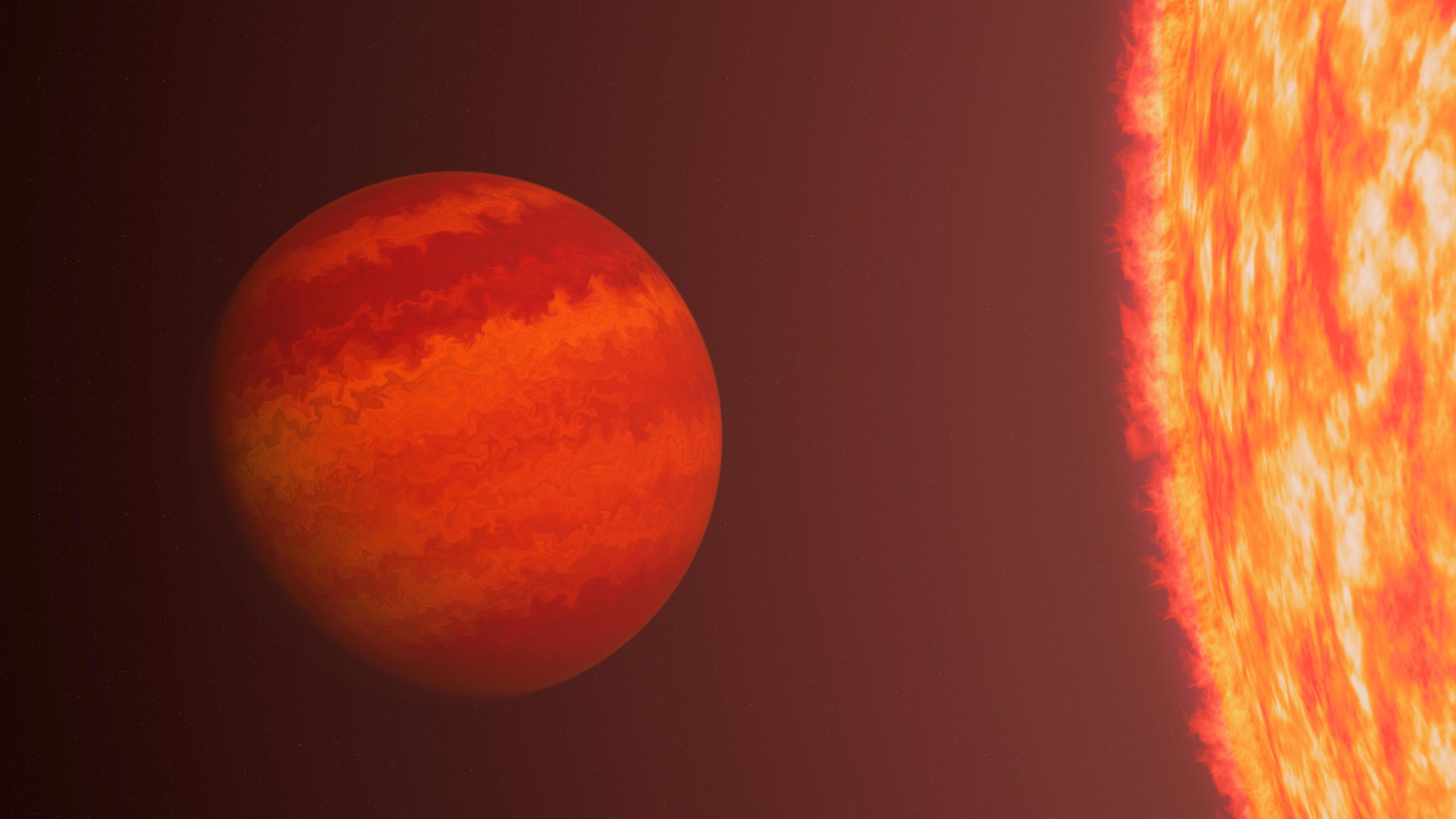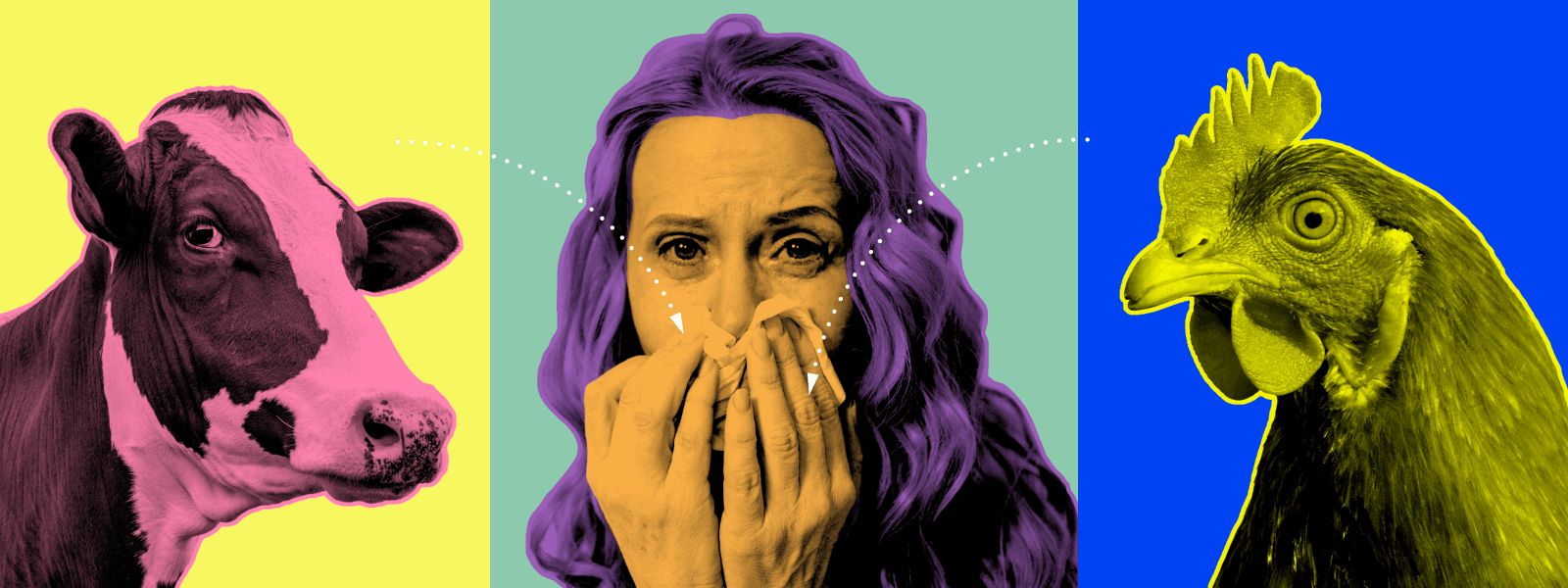Artist’s concept of TIC365102760 b, nicknamed Phoenix for its ability to survive a red giant star’s intense radiation from up close. Credit: Roberto Molar Candanosa/Johns Hopkins University
Phoenix, an 
Artist’s concept of Phoenix, a rare puffy planet discovered by Johns Hopkins University scientists. Credit: Roberto Molar Candanosa/Johns Hopkins University
Slow Atmospheric Stripping and Longevity
Because of Phoenix’s age and scorching temperatures, coupled with its unexpectedly low density, the process of stripping its atmosphere must have occurred at a slower pace than scientists thought possible, the scientists concluded. They also estimated that the planet is 60 times less dense than the densest “hot DOI: 10.3847/1538-3881/ad4149
Other authors are: Nicholas Saunders, Daniel Huber, and Ashley Chontos of the University of Hawaii at Mãnoa; Daniel Thorngren and Kevin Schlaufman of Johns Hopkins University; Shreyas Vissapragada and Stephanie Yoshida of Harvard University; Steven Giacalone, Emma Turtelboom, and Howard Isaacson of the




















Discussion about this post